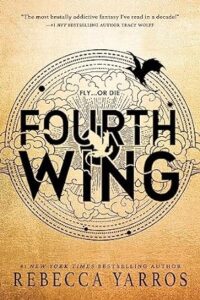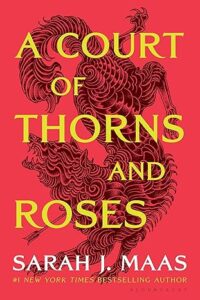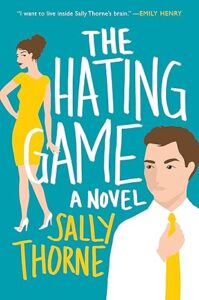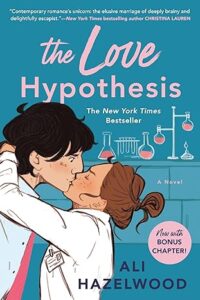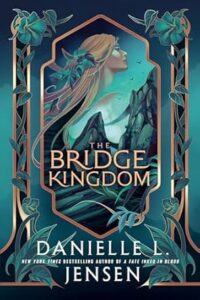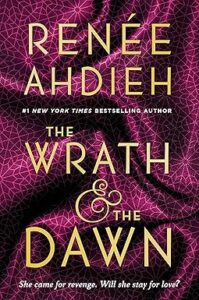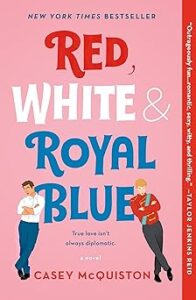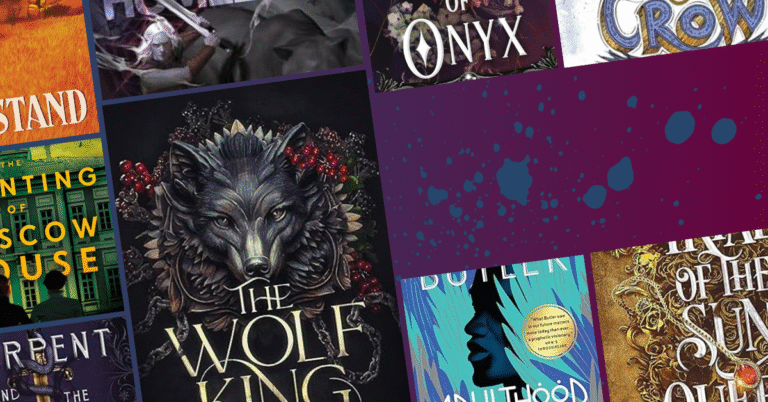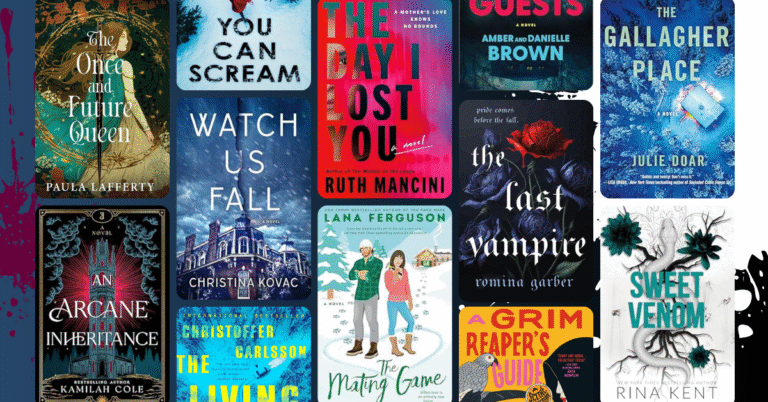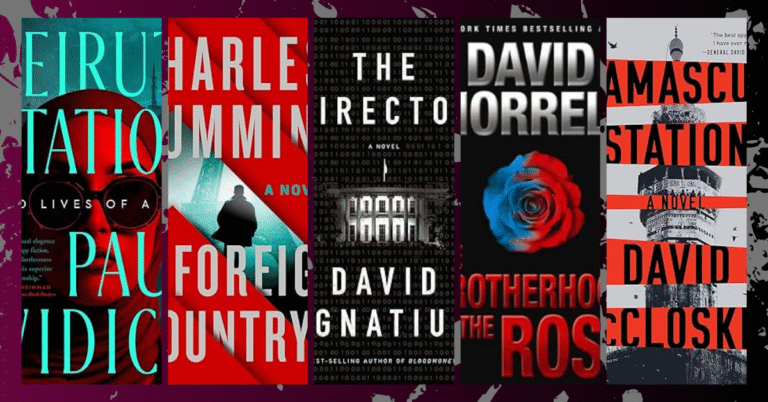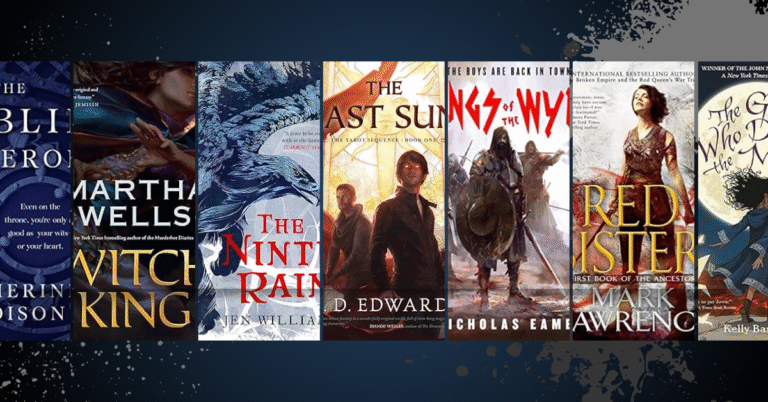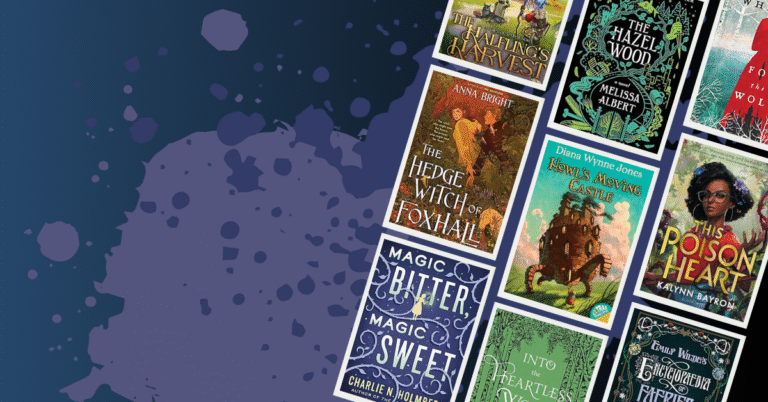Mastering the Enemies-to-Lovers Trope: The Art of Turning Loathing into Love
There’s a reason the enemies-to-lovers trope is one of the favorite—it’s the literary equivalent of lighting a match near gasoline. The tension, the slow burn, the high stakes, the sheer angst of it all.
Watching two characters go from barely tolerating each other’s existence to realizing they’d set the world on fire just to be together? That’s the good stuff. But crafting an enemies-to-lovers story that actually delivers on all that promise? That takes skill. Let’s break down what makes this trope so addictive and how to get it right.
Authentic Conflict: Where the Fire Starts
A good enemies-to-lovers story doesn’t start with mild irritation—it starts with war. Whether it’s a personal vendetta, a longstanding rivalry, or a world-shaking betrayal, these characters have reasons to despise each other. The stakes need to be high, and the friction needs to be real, because if their hatred can be solved with a single conversation, was it ever really hate to begin with?
- Genuine Stakes: No one wants to read about two people who hate each other just because one took the last good bagel at the office. The animosity needs real weight—whether it’s political differences, family feuds, opposing worldviews, or that one time they tried to murder each other (but, you know, romantically).
- Balanced Power Dynamics: If one character has all the control while the other just sulks and sighs prettily, we’re in a hostage situation, not an enemies-to-lovers arc. Both need agency, both need bite, and both need the ability to throw an emotional (or actual) punch when necessary.
Gradual Relationship Development: Because Insta-Love is a Crime
Enemies-to-lovers isn’t just a trope—it’s an emotional siege. You can’t just slap two people in a room, have them bicker for five minutes, and expect sparks to fly. The journey from hatred to love is paved with begrudging alliances, accidental moments of understanding, and painful self-realizations. The best stories make us feel every inch of that transformation, making us ache for the moment they finally give in.
- Plausible Transition: No one flips from I hate your existence to I want to lick your soul overnight—at least, not in a way that feels remotely satisfying. Let them simmer. Let them battle. Let them resist. A slow burn means every stolen glance, every reluctant team-up, every almost-touch is earned.
- Mutual Respect: Hate is easy. Respect? That’s the tricky part. The best enemies-to-lovers stories work because, along the way, these characters start to see each other—flaws, strengths, vulnerabilities and all. Mutual admiration is the gateway drug to romance.
Dynamic Character Arcs: Love Should Change You
Enemies-to-lovers isn’t just about will they, won’t they—it’s about who they become in the process. These characters need to go through the fire, face their own worst tendencies, and come out the other side as better, more layered versions of themselves. If they don’t, then it’s not growth—it’s just chemistry without consequences.
- Personal Growth: If your characters are the same people at the start as they are at the finish line, what’s even the point? Enemies-to-lovers only works if there’s evolution. Maybe they learn they’re not as different as they thought. Maybe their prejudice was unfounded. Or maybe they were just wrong and needed to be dragged kicking and screaming into emotional maturity.
- Emotional Depth: People don’t just wake up enemies one day. Their pasts, their baggage, their trauma—it all feeds into who they are and how they engage with the world. Dig deep into why they resist connection, and then make that resistance absolutely futile.
Engaging Tension and Chemistry: The Lifeblood of This Trope
When it comes to enemies-to-lovers, tension is everything. If there’s no push and pull, no deliciously sharp-edged interactions, then what are we even doing here? We need to feel the friction, the heat, the undeniable draw that makes it impossible for them to walk away—even when they really want to.
- Witty Banter: If these two aren’t verbally sparring at every opportunity, what are we even doing here? Sharp dialogue, clever comebacks, and just the right amount of pettiness make for delicious tension. The best relationships are built on a solid foundation of roasting each other mercilessly.
- Sexual Tension: If they’re glaring at each other across the battlefield (or the boardroom) but the reader isn’t screaming, “Just kiss already!”—something’s missing. Whether it’s accidental touches, lingering looks, or outright I hate how much I want you moments, that push-and-pull is everything.
Satisfying Resolution: Stick the Landing
Enemies-to-lovers stories work best when the resolution feels earned. There needs to be growth, reckoning, and something that makes their journey feel worth it. If they just get together without truly dealing with their past, the ending will feel hollow. Readers don’t want just any happy ending—they want the right one.
- Earned Reconciliation: If they just wake up one day and decide they love each other with no reckoning, no resolution of past wounds, no acknowledgment of how far they’ve come—it’s a letdown. Enemies-to-lovers thrives on a hard-fought, well-deserved happily ever after.
- Balanced Conclusion: The best endings leave both characters feeling whole. They don’t have to compromise who they are, but they do need to evolve into people who can love each other without losing themselves in the process. And that? That’s what makes this trope so damn addictive.
Recommended Enemies-to-Lovers Books Across Genres
If you love the push and pull of a well-done enemies-to-lovers story, you’re in for a treat. Whether you crave the intensity of a high-stakes fantasy world or the crackling tension of a contemporary workplace romance, these books deliver that addictive blend of conflict, chemistry, and emotional payoff. From modern-day grudges to ancient curses, here are some of the best enemies-to-lovers reads that will have you hooked.

